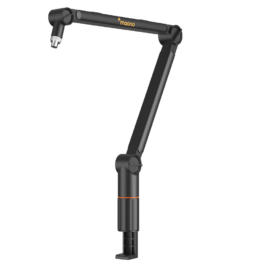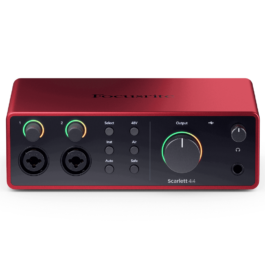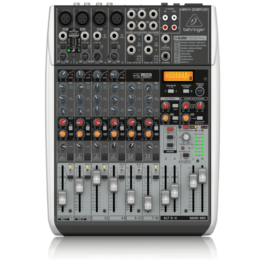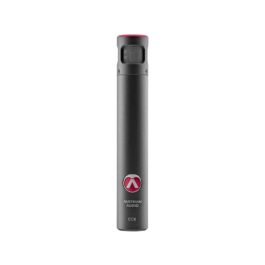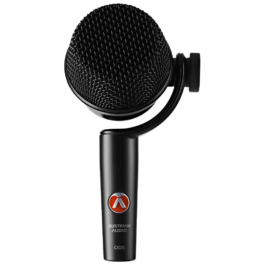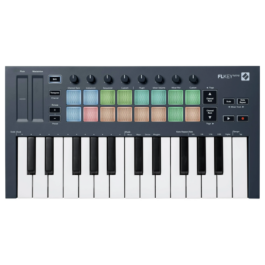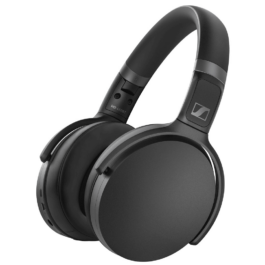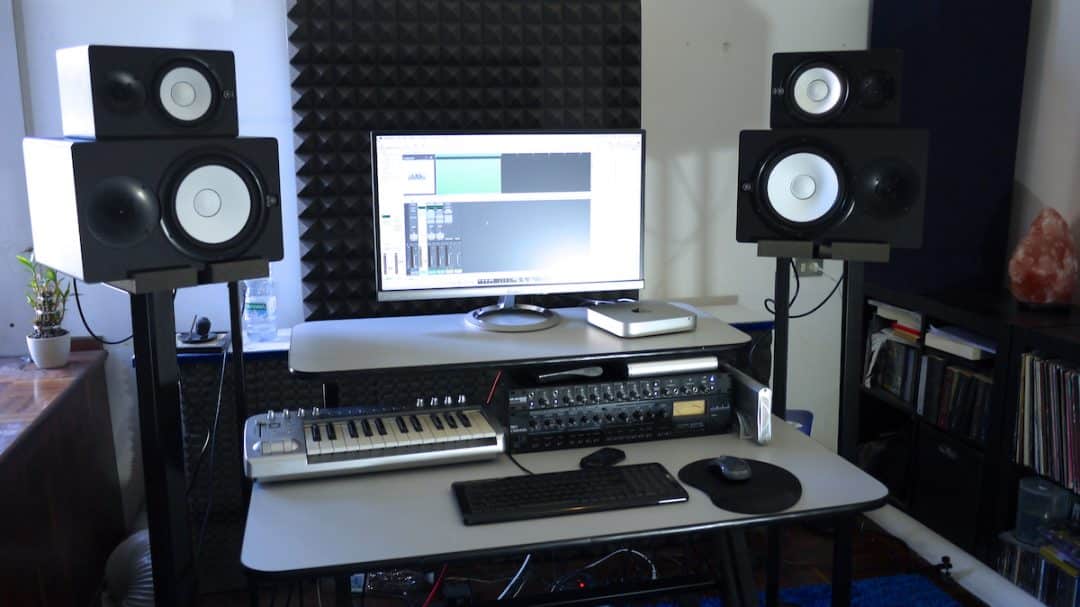
Setting up a basic home studio is easier than ever, thanks to the advancements in technology and the affordability of high-quality equipment. Whether you are an aspiring musician, podcaster, or content creator, having a home studio can help you produce professional-quality content from the comfort of your own home. We’re going to go over the basic steps to set up a home studio.
1: Find the right space
The first step in setting up a home studio is finding the right space. You will need a room that is big enough to accommodate your equipment and where you can control the lighting and sound. Ideally, the room should be quiet and away from any outside noise.
2: Choose your equipment
Once you have your room set up, it’s time to choose your equipment. This is the most varied aspect of setting up your studio, as different use cases will require different tools. For the purposes of this guide, we’re going to stick to a basic voice recording studio. The essential equipment you will need for a basic home studio includes:
Microphone: The type of microphone you choose will depend on the type of content you are producing. If you are recording vocals or acoustic instruments, a condenser microphone is a good choice. If you are recording loud sources like electric guitars, a dynamic microphone may be a better option.
Audio interface: An audio interface is a device that allows you to connect your microphone to your computer. It also converts the analog signal from your microphone into a digital signal that your computer can understand.
Headphones: You will need a good pair of headphones to monitor your recordings. Closed-back headphones are a good choice as they block out outside noise and prevent sound leakage.
Computer with DAW: You will, of course, need a computer to record into, and edit off of. You will also need to install a DAW ( Digital Audio Workstation). This is the software you will use to do all your recording, editing and mixing.
Go Deeper: Check out our Home Recording Buyers Guide
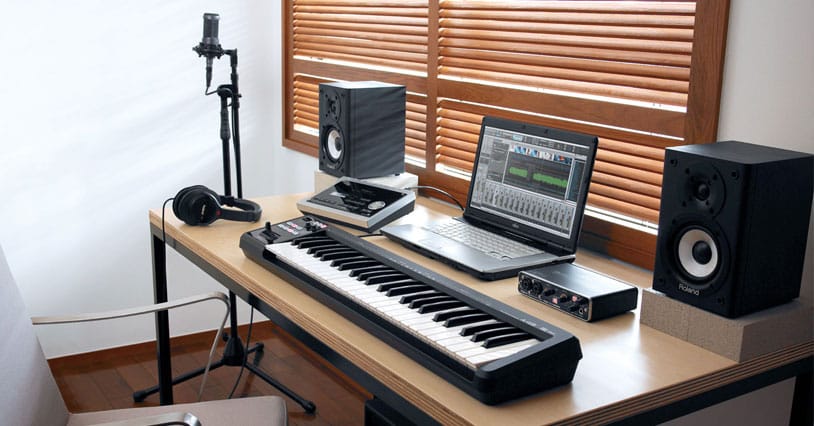
Home Recording Buyers Guide
You’ve been playing and writing songs for a while, and you’ve decided that now is the time to start sharing your music with the world.
3: Set up your equipment

Once you have your equipment, it’s time to set it up. Connect your microphone to your audio interface, and then connect the audio interface to your computer. Make sure you install any necessary drivers and software that came with your equipment.
4: Test and adjust
Before you start recording, it’s essential to test and adjust your equipment to ensure that everything is working correctly. Record a test track and listen back to it to check for any issues with the sound quality. Adjust your microphone placement, gain settings, and other settings as necessary. This is a process of learning that can take time, so be patient and don’t be afraid to play around and mae mistakes as you learn.

In conclusion, setting up a basic home studio is a straightforward process that can be done on a budget. With the right space, equipment, and acoustic treatment, you can produce professional-quality content from the comfort of your own home.
Shop recording equipment at Bothners
-
Birthday Sale Deal!
- Content Creation, Stands & Accessories, Studio & Recording, Studio Accessories
Maono BA90 Microphone Suspension Boom Arm Stand
-
R1,750R1,580FREE DELIVERY - Select options
-
Birthday Sale Deal!
- Studio & Recording, Audio Interfaces, Content Creation, Audio, Audio Interfaces
Focusrite Scarlett 4i4 4th Gen USB Audio Interface
-
R7,695R6,000FREE DELIVERY - Select options
-
- Out of Stock
- Live Sound, Mixers, Studio & Recording, Studio Mixing Desks
Behringer Xenyx QX1204USB Mixer with USB and Effects
-
R7,025R4,920FREE DELIVERY - Select options
-
-
- Out of Stock
- Recording Microphones, Studio & Recording
Austrian Audio CC8 Cardioid True Condenser Microphone
-
R10,255R8,195FREE DELIVERY - Select options
-
-
- Out of Stock
- Live Sound, Mixers, Studio & Recording, Studio Mixing Desks
Soundcraft Notepad-8FX Small-Format Analog Mixing Console with USB I/O and Lexicon Effects
-
R3,850R3,005FREE DELIVERY - Select options
-
-
Birthday Sale Deal!
- Live Sound, Microphones, Recording Microphones, Studio & Recording
Austrian Audio OD5 Active Dynamic Instrumental Microphone
-
R5,595R4,755FREE DELIVERY - Select options
-
- Out of Stock
- DJ & Beat Production, Keys & Pianos, MIDI Controllers, MIDI Keyboard Controllers, Studio & Recording, Studio Controllers
Novation FLkey Mini USB MIDI Keyboard Controller
-
R2,995R2,195FREE DELIVERY - Select options
-
-
Birthday Sale Deal!


